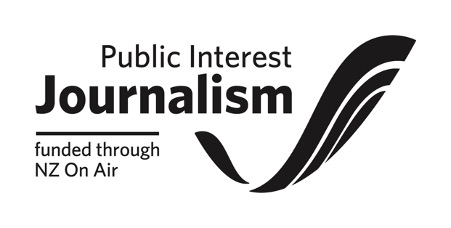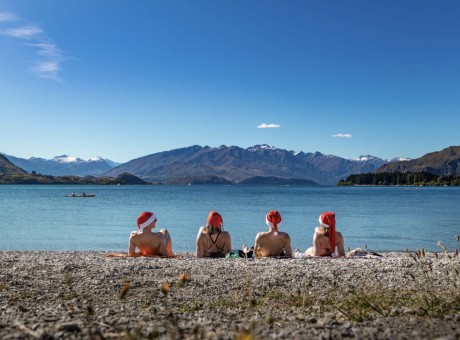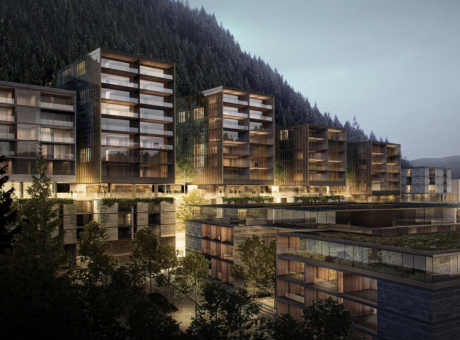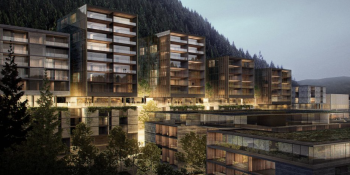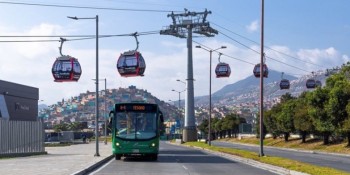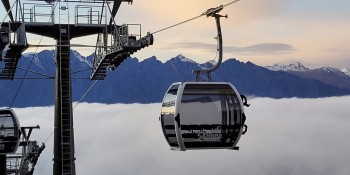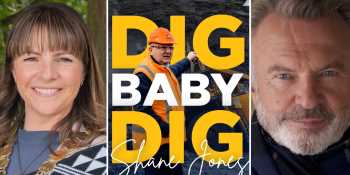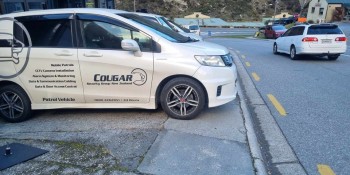Recent Brewster Hut rescues prompt DOC warning
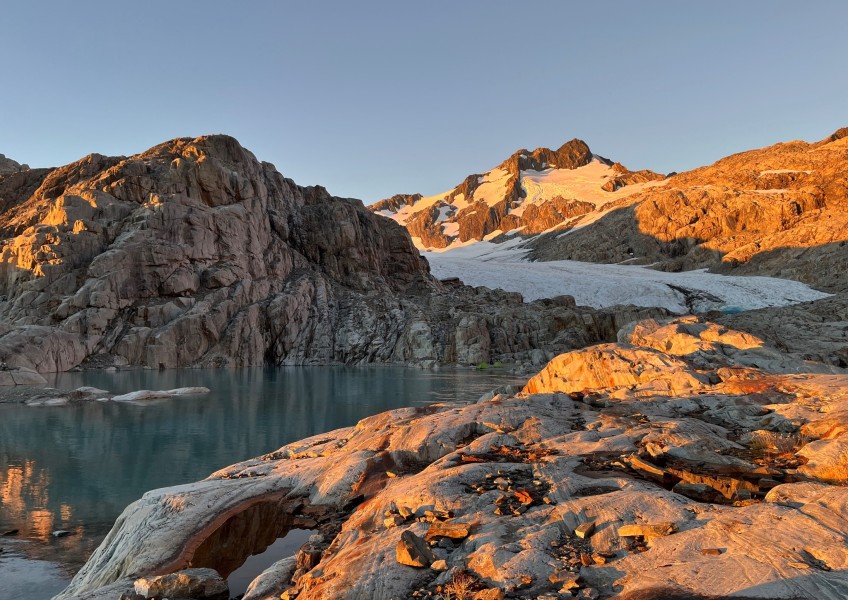
Numerous rescues at an increasingly popular tramping track near Wānaka have prompted alpine rescue experts to issue a warning to those considering the route.
The steadily-climbing, five-kilometre Brewster Track ends at a Department of Conservation hut of the same name, and the Aoraki/Mt Cook Alpine Rescue Team says it "is not a trek for relying on luck".
In a Facebook post earlier this month, the team has sought to bring awareness to the "complications" of the terrain.
Beyond the hut is the Brewster Glacier, which the Department of Conservation advises should be left to "experienced" mountaineers only.
In its post, the alpine rescue team says going to the glacier requires navigation skills or reasonable mountaineering and avalanche experience.
It thinks visitors sharing their experiences on social media has elevated the hut's popularity amongst the general public.
As a result, more people have found themselves stranded and requiring the help of local search and rescue teams to get out.
Mountain Safety Council chief executive Mike Daisley acknowledges that seeing an increase in the amount of rescues "is not a good thing".
He's observed Brewster Hut hit the headlines recently in regards to trampers in trouble, but reckons that social media's influence over the matter "isn't as prolific" as what has been floated.
"Most humans don't just see things on social media and then go and do it without any other preparation...it's not all doom and gloom, most people are reasonably well-prepared."
Mr Daisley has himself undertaken the trip to Brewster Hut a few times, albeit all three decades ago, and says, in hindsight, he wasn't as prepared as he could've been.
But he says back then you'd have to find out about huts through friends of friends or by going into a Department of Conservation visitor centre.
Now, he says it's "a lot easier to get really good information".
He celebrates that more people are taking up tramping in New Zealand and that social media has made it much easier to find hikes.
However, he acknowledges a "disconnect" occurs if the hiking safety and preparedness information isn't also getting the same profile online.
Wanaka Search and Rescue, who are the ones on the ground undertaking these operations in the Brewster Hut area, wants people to know their ability and "be aware it's (Brewster Track) a challenging undertaking".
The Lakes Weekly Bulletin reported earlier in May that there had been three rescue helicopter missions in the area and separate SAR rescues recently, calling the number "unprecedented".
Wanaka Search and Rescue former chairman Aaron Nicholson, who's been involved in the local rescue operations for decades, says their alpine unit is made up of a team of 20 volunteers who are predominately trained mountain guides.
He says the volunteers complete the rescues at a cost to their family time, prior engagements and their own personal finances.
"They're very much needed because they are experts in their field. There's no one else better to be deployed into that environment than people who live and work in it."
Mr Daisley says the Mountain Safety Council has been working for the past five years to get more of their information out on social channels, and in that time he has seen engagement grow.
He recommends that hikers download Plan My Walk, which gives hikers a weather forecast and gear list, as well as specific information on what they'll encounter on each hike in New Zealand.
Main image (Facebook//DOC Aoraki Mountain Rescue): Brewster Glacier.





